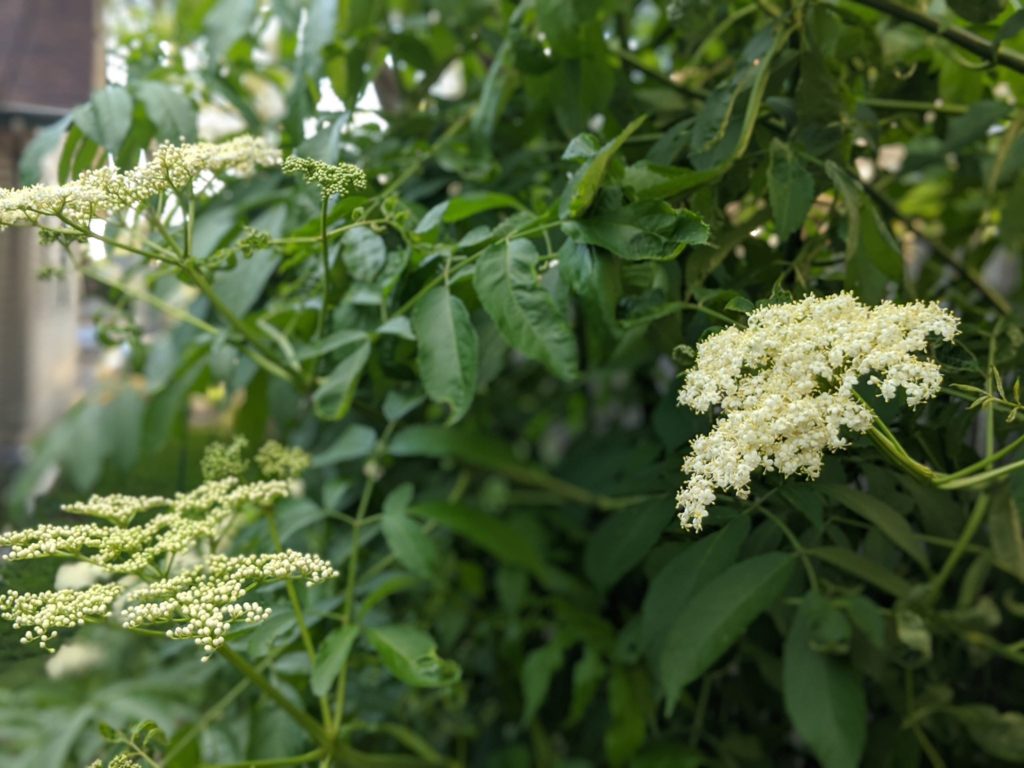There are many edible plants that are major cash crops today as well as many that most of us have forgotten exist. Either one can be planted in your yard to support wildlife as well as your own appetite. This will be the first post of a few on the subject.
New Jersey Tea (Ceanothus americanus), is a shrub native to the eastern half of the US and Canda. It prefers dry open habitats and clearings on sandy and rocky soil. The name actually comes from the American Revolution when it was used as a substitute tea. It is a host plant for butterflies such as the spring azure, summer azure, duskywing, and dreamy duskywing. It is prone to deer browse, so beware if you live in one of those areas. The picture is from
Further Reading:
https://en.wikipedia.org/wiki/Ceanothus_americanus
USDA Plant Profiles
Photo credit:
https://commons.wikimedia.org/w/index.php?curid=666534
American elderberry (Sambucus canadensis) is a fast-growing shrub native to the eastern half of North America. Both the flower and the berries are edible. The fruit are often used in wine, jam, jelly, syrup, and beer. Aside from attracting many native pollinators, it is also a host plant for three dozen caterpillars.
Further Reading:
https://en.wikipedia.org
USDA Plant Profiles
Highbush Blueberry (Vaccinium corymbosum) is a shrub native to the eastern half of the United States. While typically grown for the fruit, the flowers are actually quite beautiful. While the fruit is good for us, thirty two species of caterpillars feed off the highbush blueberry. Deer browse can be an issue on the leaves of the bushes, so beware in high deer density areas.
Further Reading:
https://en.wikipedia.org/wiki/Vaccinium_corymbosum
USDA Plant Profiles
Photo Credit:
https://commons.wikimedia.org/w/index.php?curid=146498
Lowbush blueberry (Vaccinium angustifolium) is native to the northeast. As the name implies, it is a low-growing shrub that spreads wide. The leaves are a favorite host plant for many caterpillars, with wikipedia listing 19 different species. Also, the abundant flowers are great for pollinators, and as much as humans love the fruit, so do birds, making it a great plant all around to eat and provide for the ecosystem.
Further Reading:
https://en.wikipedia.org/wiki/Vaccinium_angustifolium
USDA Plant Profiles
Photo credit:
https://commons.wikimedia.org/w/index.php?curid=1006845








